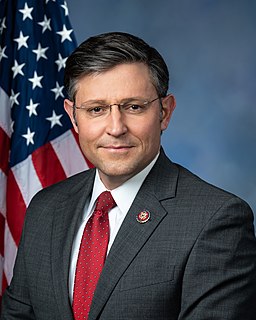Donald Trump becomes ’16 president-elect in US election
Throughout Tuesday night, students exchanged groans for applause and cheers for jeers in Joseph M. Bryan Jr. Auditorium.
They watched results and projections pour in from across the United States as the nation decided the presidential election.
At midnight, the fate of the race hung in the balance, but the election viewing party was forced to disperse. It was clear, however, that Donald Trump, Republican candidate for president, was poised to win.
“I feel kind of uneasy,” said first-year Carrington Smith during the event. “Overall, it’s generally concerning to see him in the lead right now.”
The election results viewing party was a collaborative effort organized by Democracy Matters, the Pre-Law Club and the Office of Student Leadership and Engagement.
“I am really happy with the turnout,” said junior Jenni Gardner, a student intern with Democracy Matters and club president. “This is our second year as an official club, so to have a showing this big for our events — this event and our debate viewing events — it’s been spectacular to have this many people.
“We haven’t had much club attendance despite this, but it’s still nice that we’re getting people involved in politics and helping them get together.”
After 9:00 p.m., Trump began to edge a lead over Democratic candidate Hillary Clinton, to the ire of students gathered in Bryan Jr. Auditorium. Two hours later, according to NBC News, Trump had secured a projected 168 electoral votes to Clinton’s 131.
“Some states kind of were shocking me in the beginning, but I figured they would roll over,” said sophomore Alston Thompson, a forward for the men’s basketball team. “North Carolina is where I live, so it’s interesting to see how they’re voting.
“It’s nice to see the majority of my state and how they feel and who they want to be president.”
Then, just after 11:00 p.m., Clinton surged to a projected 209-187 electoral vote lead when polls closed on the West Coast. Students erupted as states like California, Hawaii, Oregon and Washington went blue.
But it was swing states like North Carolina, Florida and Ohio, as well as the unexpected battle in Michigan where Trump had the upper hand early into Nov. 9.
Some students at the viewing party expressed uncertainty and fear of what would happen next.
“I’m scared,” said Thompson. “I am personally very scared because I don’t really want Trump as my president. I’m not that deep into politics, but I honestly feel as though this is a joke, and he’s doing it just because he can.”
Others in the room were upset at the prospect of their hard work and votes not being enough.
“This is very scary,” said Gardner. “I’m taking a class with Maria Rosales and Kyle Dell, the Ideas, Campaigns & Elections class. I have to do an internship for that, so I’ve been working with the Hillary campaign. I’ve worked some crazy hours recently for it, so to lose in North Carolina was a little disappointing.”
In North Carolina, Trump won 50.5 percent of the popular vote. However, urban areas, like Guilford County, as well as several counties in the northeast of the state turned out for Clinton.
Elsewhere in North Carolina, Republicans also made big gains.
Sen. Richard Burr secured 51.1 percent of the vote to represent the state for a third Senate term, defeating Democratic candidate Deborah Ross.
In the 13th Congressional District, Republican candidate Ted Budd defeated Democratic candidate Bruce Davis, winning 56.1 percent of the vote. Nine other congressional districts of North Carolina’s 13 went red.
North Carolina Democrats did claim a big victory on election night, though. State Attorney General Roy Cooper eked out a victory over Gov. Pat McCrory by a margin of 4,772 votes statewide.








